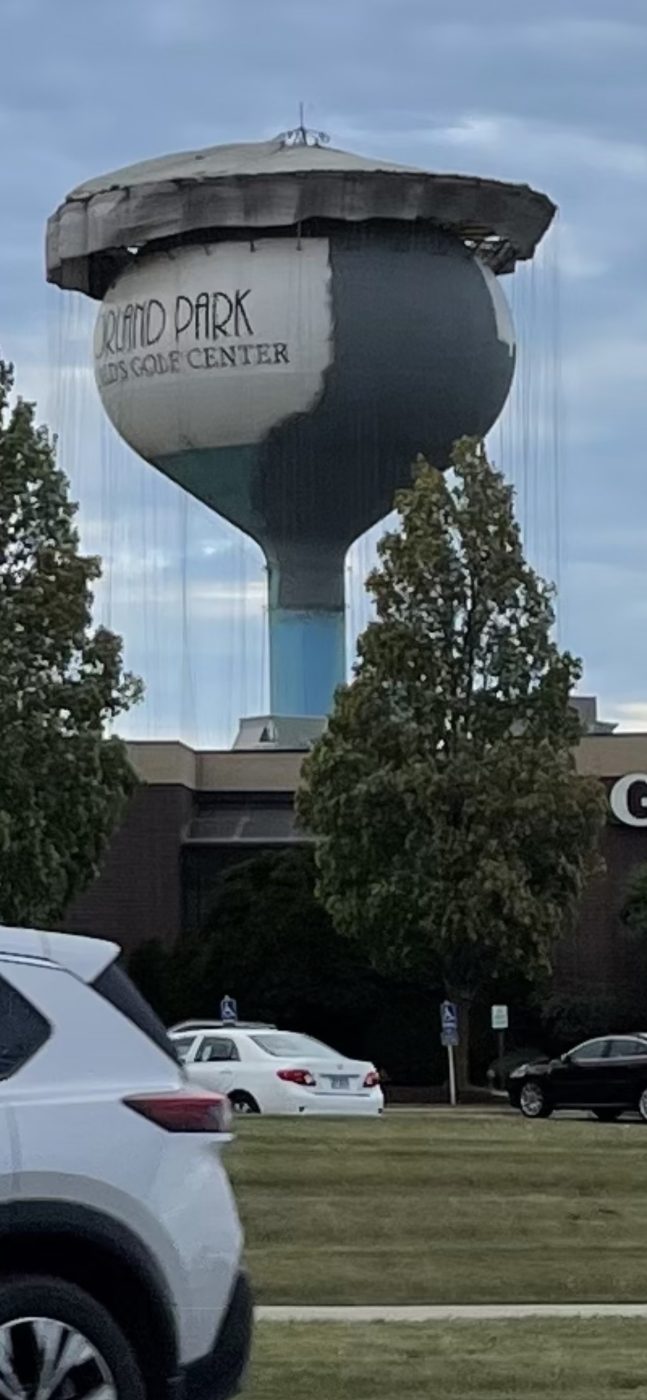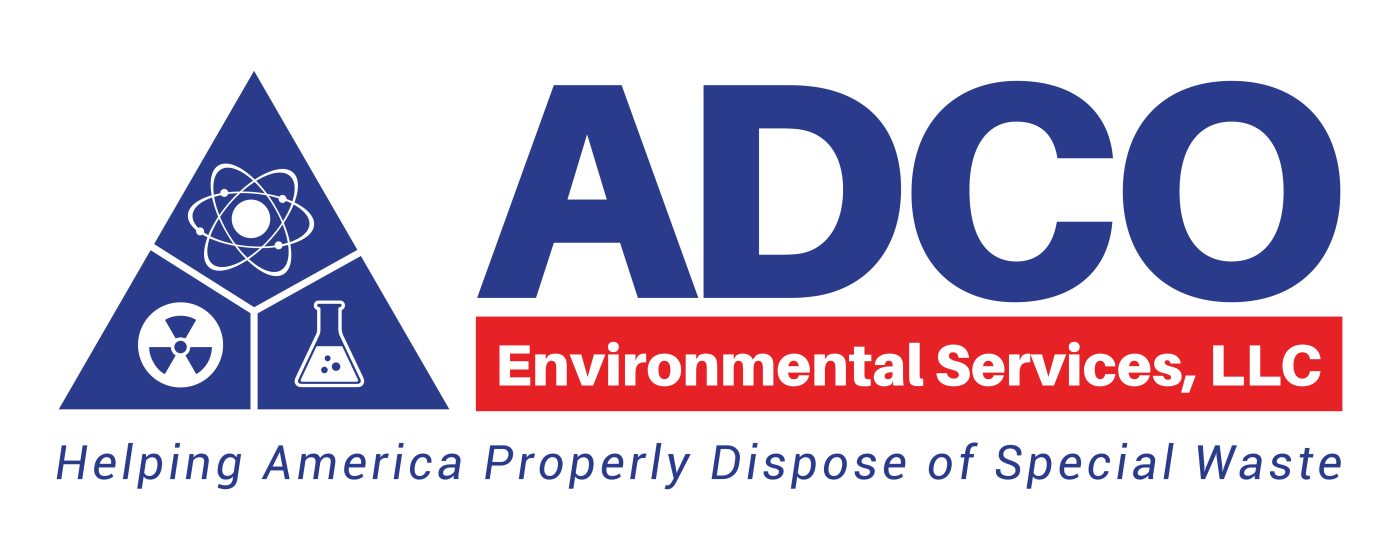TCLP Heavy Metal Disposal
TCLP Heavy Metal Disposal / Disposal of RCRA 8 Metals Waste
ADCO Environmental Services, LLC has specialized in the disposal of RCRA 8 Heavy Metals since 1965 and has helped countless hazardous waste generators nationwide in properly disposing of their TCLP Heavy Metal waste in a responsible and legal manner. We would like to remind everyone that when disposing of TCLP (Toxicity Characteristic Leaching Procedure) heavy metal wastes it requires careful handling and compliance with environmental regulations to prevent harm to human health and the environment.
A TCLP Heavy Metals Test is a regulatory test used to determine whether a waste is hazardous due to its potential to leach toxic substances into the environment. If a TCLP test indicates that a waste contains hazardous levels of RCRA 8 heavy metals, it must be managed and disposed of as hazardous waste. This would include disposing of waste streams such as the direct metal itself such as a bottle of Mercury commonly found in labs or more indirect RCRA 8 Metals waste which is a waste stream that now contain TCLP Heavy Metals such as sandblast media which through the process of paint removal has become contaminated with Lead. This usually occurs from an event such as sandblasting a surface that was covered with Lead based paint such as water towers and other metal surfaces which were painted prior to the late 1970s.

Here are the general steps for disposing of TCLP heavy metal waste:
1. Identification and Characterization:
First, identify and characterize the waste to determine if it contains TCLP-regulated heavy metals above regulatory thresholds.
Conduct TCLP testing on a representative sample of the waste to assess its leaching potential. If the TCLP test results indicate hazardous levels of heavy metals, the waste is considered hazardous.
2. Hazardous Waste Determination:
If the TCLP test results indicate that the waste is hazardous due to the presence of heavy metals above regulatory thresholds, classify it as hazardous waste.
3. Segregation and Labeling:
Segregate the hazardous TCLP heavy metal waste from non-hazardous waste to prevent cross-contamination.
Label the containers of hazardous waste with appropriate hazardous waste labels, including information about the heavy metals present.
4. Proper Storage:
Store hazardous waste in appropriate containers and in a secure area that prevents spills, leaks, and unauthorized access.
5. Transportation:
Arrange for transportation by a licensed hazardous waste transporter. Ensure that the waste is properly packaged and labeled for transport.
6. Treatment or Disposal Options:
Consult with a hazardous waste disposal facility that is permitted to handle TCLP heavy metal waste. Options for treatment or disposal may include:
a. Incineration: Some heavy metal waste can be treated through high-temperature incineration.
b. Stabilization/Solidification: Some waste can be solidified to prevent leaching and then disposed of in a landfill.
c. Recycling: In some cases, heavy metals can be reclaimed or recycled if feasible and economically viable.
7. Landfill Disposal:
If landfill disposal is the chosen option, select a hazardous waste landfill that is permitted to accept TCLP heavy metal waste. Ensure compliance with all landfill-specific requirements and regulations.
8. Record Keeping:
Maintain detailed records of waste characterization, transportation, treatment, and disposal activities to demonstrate compliance with regulatory requirements.
9. Regulatory Compliance:
Comply with all federal, state, and local regulations governing the disposal of hazardous waste, including those related to permits, reporting, and recordkeeping.
10. Seek Professional Assistance:
Given the complexity of managing hazardous waste, consider seeking assistance from environmental consultants or experts who specialize in hazardous waste management and disposal such as ADCO Environmental Services, LLC.
It is extremely important to always keep up-to-date with environmental regulations, as they may change over time. Additionally, consult with your local environmental agency or the U.S. Environmental Protection Agency (EPA) for specific guidance and regulations pertaining to the disposal of TCLP heavy metal waste in your region.
What are RCRA 8 Metals also known as TCLP Heavy Metals?
RCRA 8 metals, also known as the “RCRA 8” or “Resource Conservation and Recovery Act 8 metals,” are a group of hazardous metals that are regulated by the United States Environmental Protection Agency (EPA) under the Resource Conservation and Recovery Act (RCRA). These metals are considered hazardous due to their toxicity and potential harm to human health and the environment.
The RCRA 8 metals include the following eight heavy metals:
Arsenic (As) (D004)
Barium (Ba) (D005)
Cadmium (Cd) (D006)
Chromium (Cr) (D007)
Lead (Pb) (D008)
Mercury (Hg) (D009)
Selenium (Se) (D010)
Silver (Ag) (D011)

These metals are regulated because they can pose significant risks to human health and the environment when they are not managed and disposed of properly. The RCRA regulations establish standards for the handling, treatment, storage, and disposal of hazardous waste, including waste containing these metals.
It’s important to note that these regulations may change over time, so it’s always a good idea to check with the EPA or relevant environmental agencies such as ADCO for the most up-to-date information on the regulation of RCRA 8 metals. Additionally, different states, counties, and municipalities may have their own set of regulations and standards for TCLP heavy metals, so it is important to check with your local regulatory agency regarding disposing of these metals.
The Resource Conservation and Recovery Act (RCRA) regulations set specific thresholds for the concentrations of RCRA 8 heavy metals in hazardous waste. These thresholds are important for determining whether a waste is classified as hazardous and, therefore, subject to RCRA regulations.
Here are the Threshold Concentrations for the RCRA 8 Heavy Metals:
Arsenic (As): The RCRA threshold for arsenic is 5.0 milligrams per liter (mg/L) or 5.0 parts per million (ppm).
Barium (Ba): The RCRA threshold for barium is 100.0 mg/L or 100.0 ppm.
Cadmium (Cd): The RCRA threshold for cadmium is 1.0 mg/L or 1.0 ppm.
Chromium (Cr): There are different threshold levels for different forms of chromium:
Chromium (VI) or hexavalent chromium: 5.0 mg/L or 5.0 ppm.
Total chromium (including both hexavalent and trivalent chromium): 5.0 mg/L or 5.0 ppm.
Lead (Pb): The RCRA threshold for lead is 5.0 mg/L or 5.0 ppm.
Mercury (Hg): The RCRA threshold for mercury is 0.2 mg/L or 0.2 ppm.
Selenium (Se): The RCRA threshold for selenium is 1.0 mg/L or 1.0 ppm.
Silver (Ag): The RCRA threshold for silver is 5.0 mg/L or 5.0 ppm.

These concentration thresholds are used to determine if a waste is considered hazardous under RCRA regulations. If a waste contains any of these RCRA 8 heavy metals above their respective threshold concentrations, it is generally classified as hazardous waste and must be managed, treated, stored, and disposed of in compliance with RCRA requirements to minimize environmental and human health risks. You must also follow USDOT guidelines as well for the packaging and shipment of these types of wastes as these are considered “Listed Wastes”.
It’s important to note that these thresholds may be subject to regulatory updates and changes, so it’s advisable to consult the latest regulations or the U.S. Environmental Protection Agency (EPA) for the most current information. You may also contact ADCO Environmental Services, LLC and one of our knowledgeable representatives will be more than happy to assist you with your TCLP Heavy Metal disposal.

